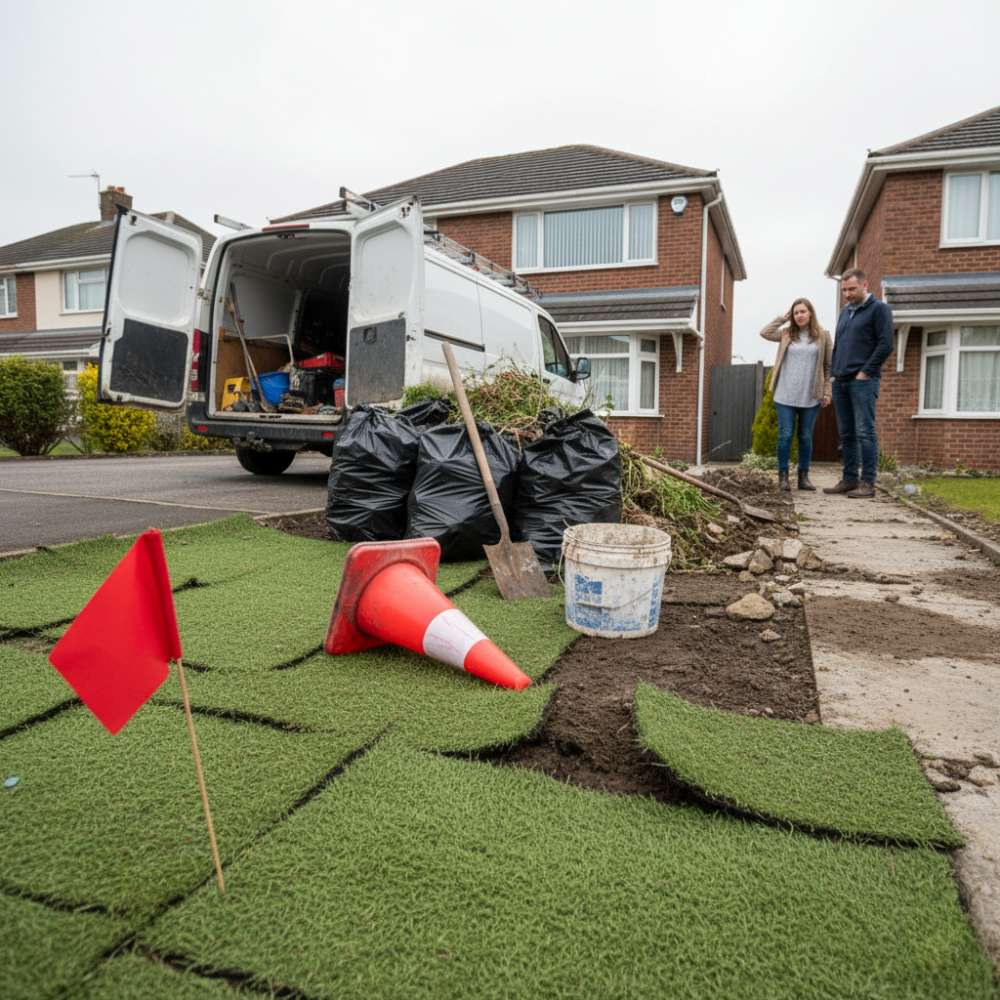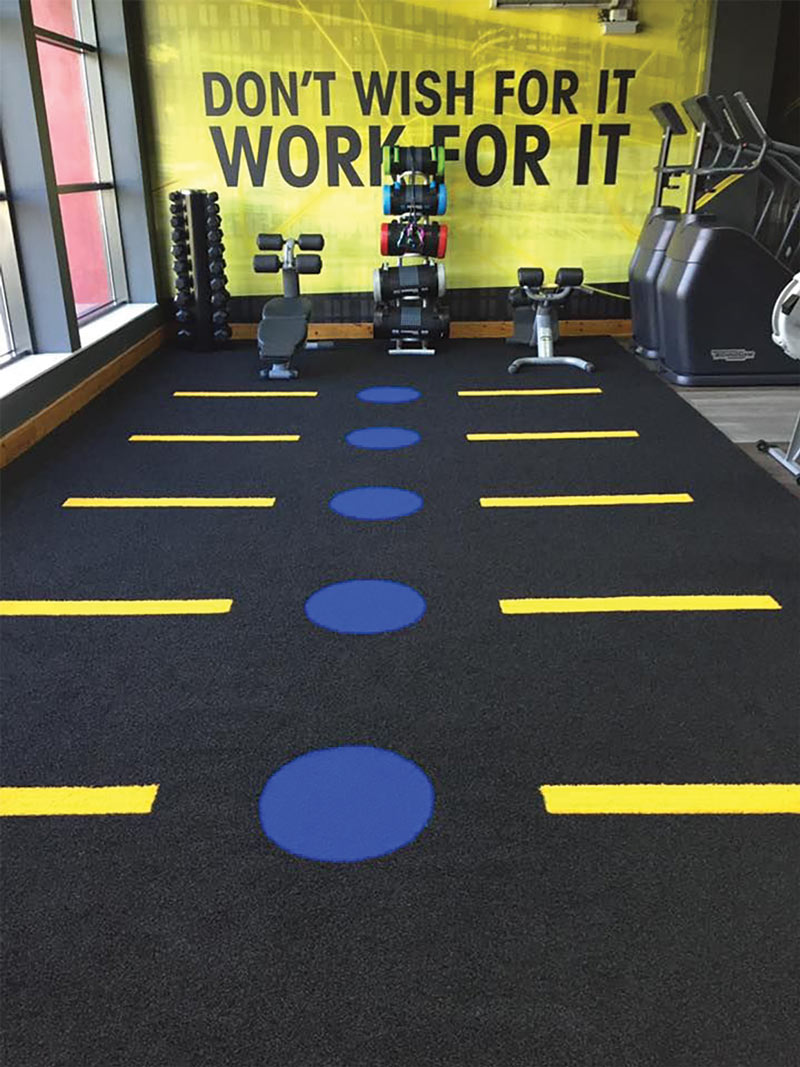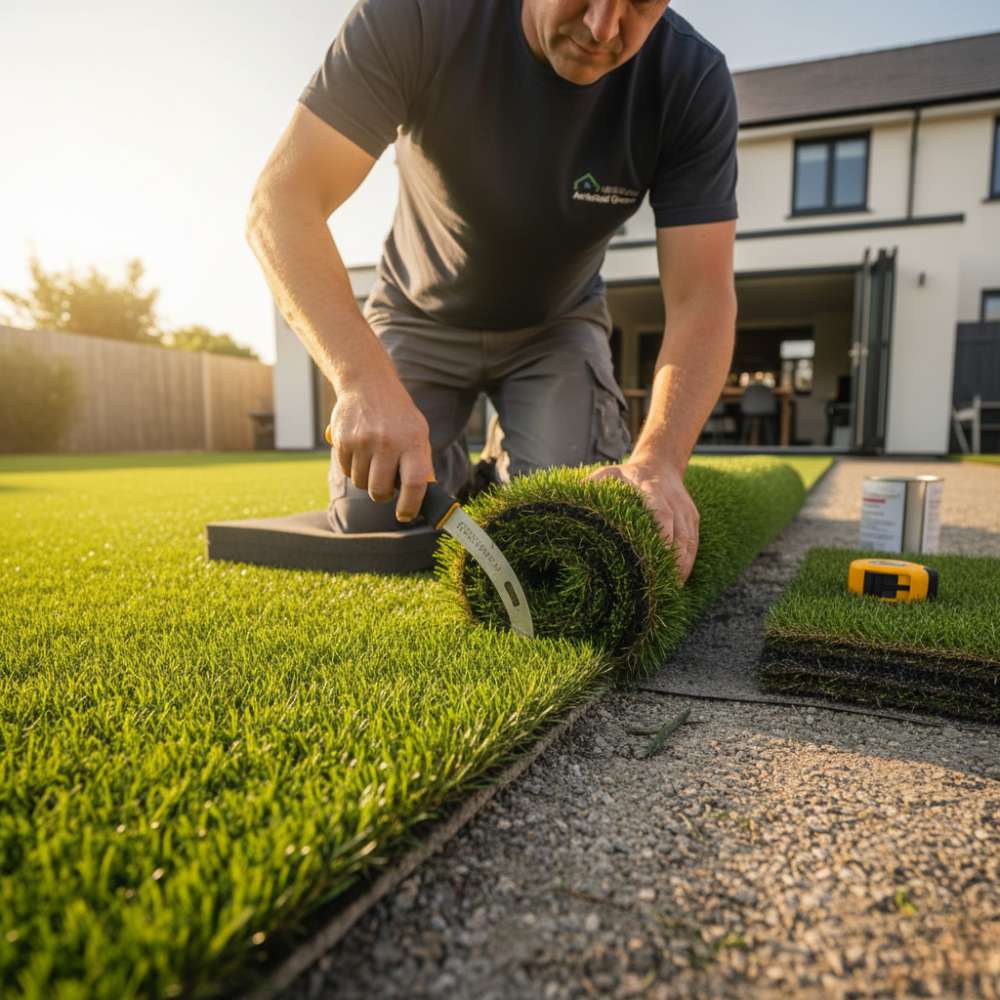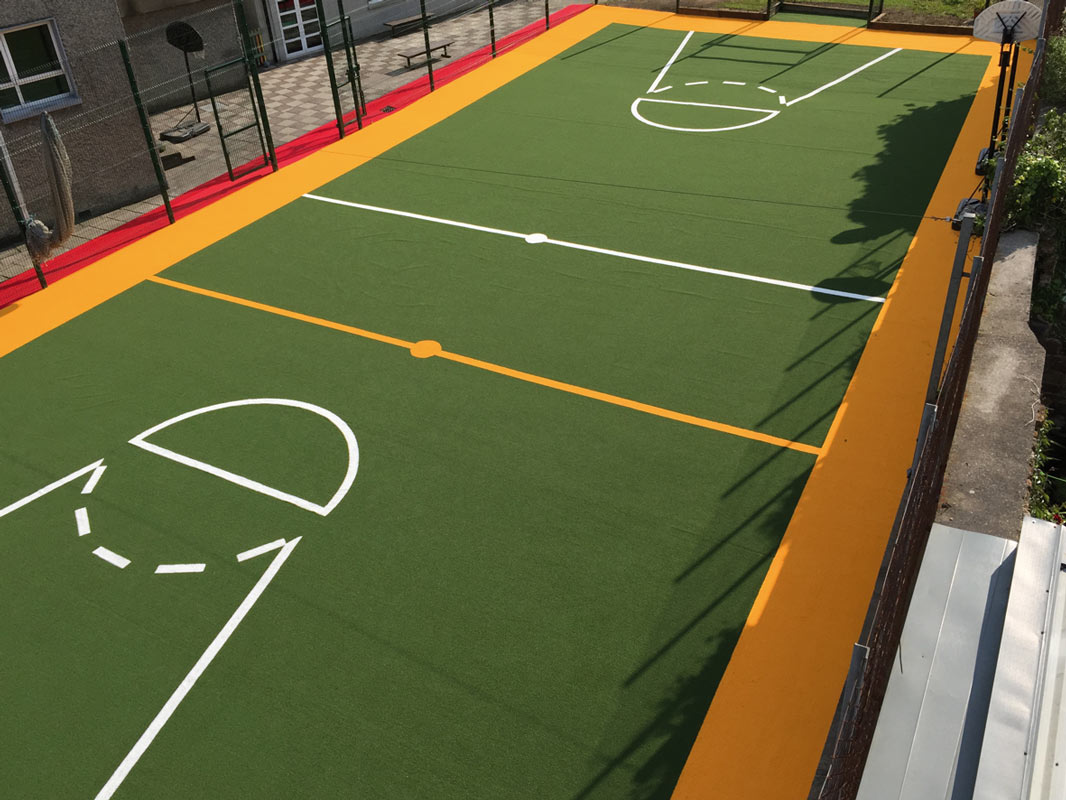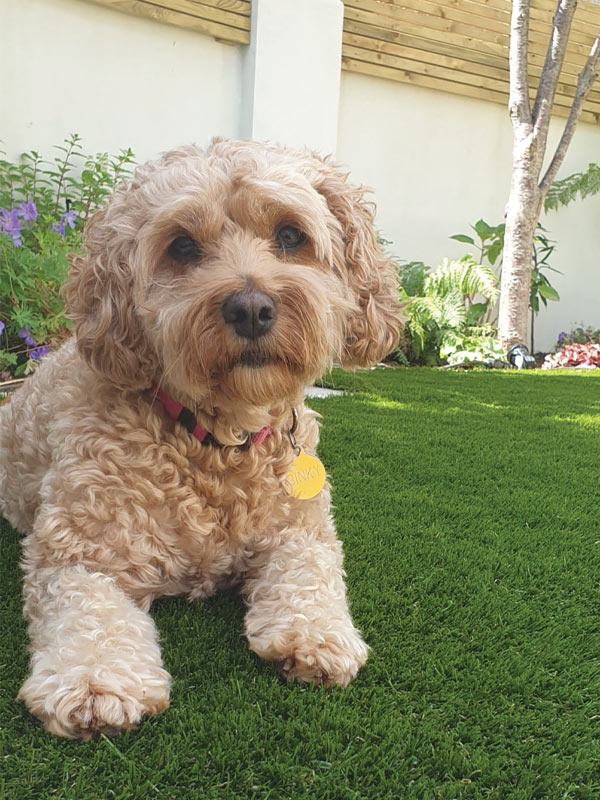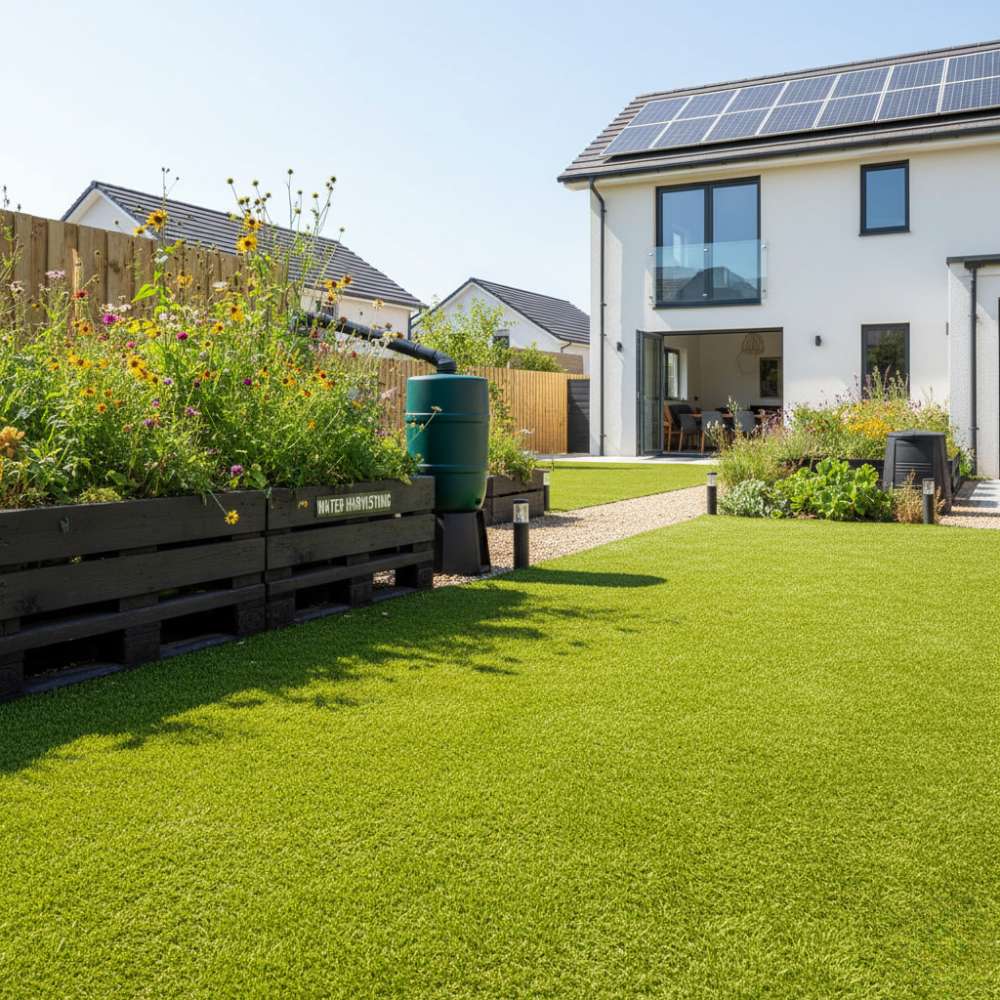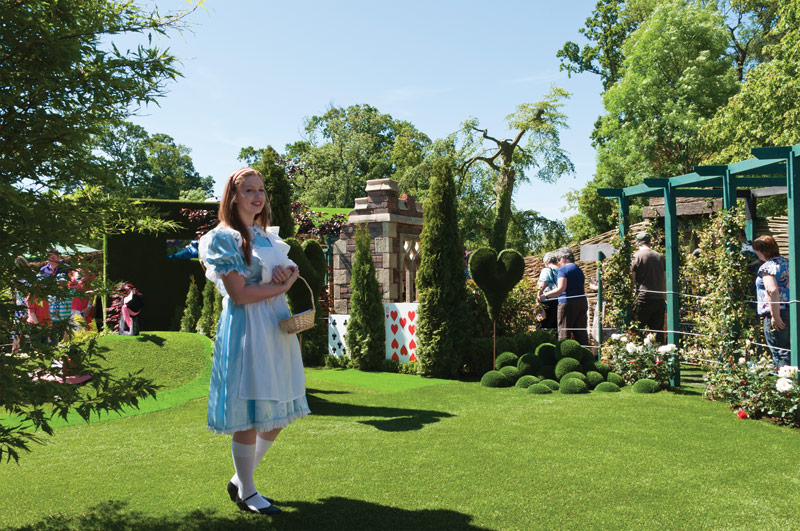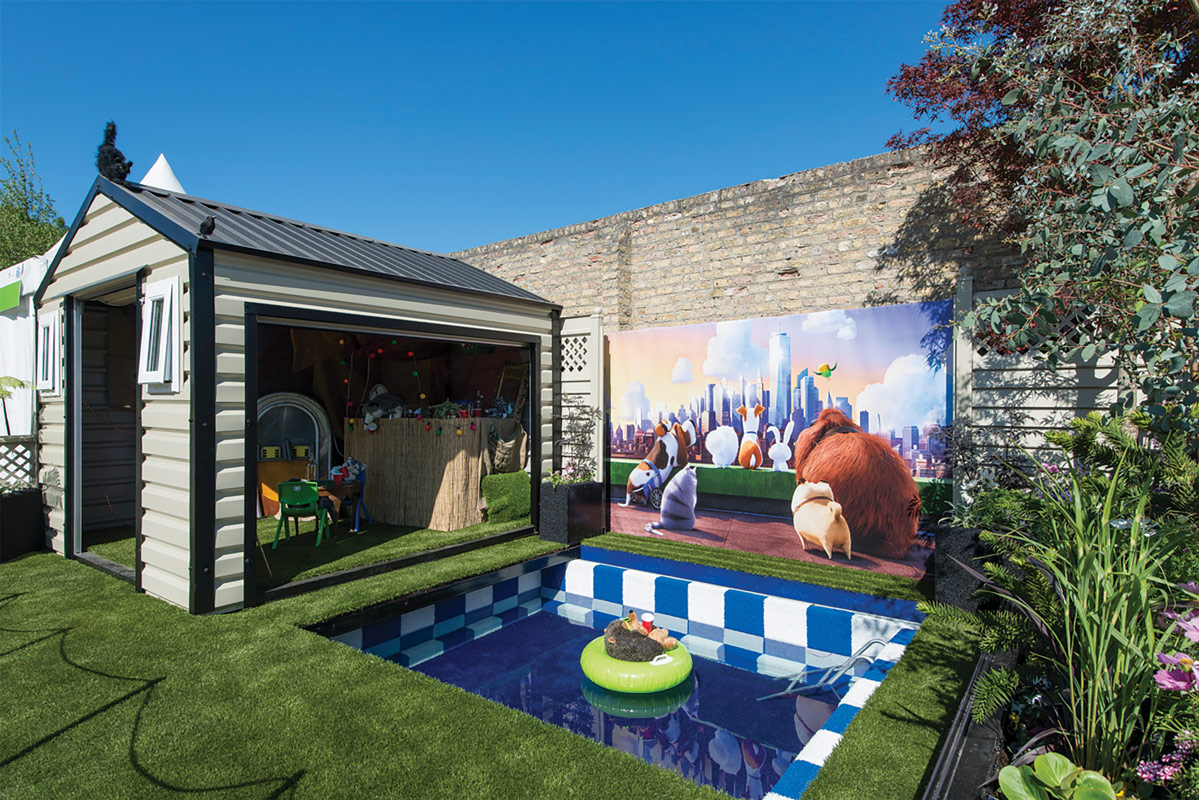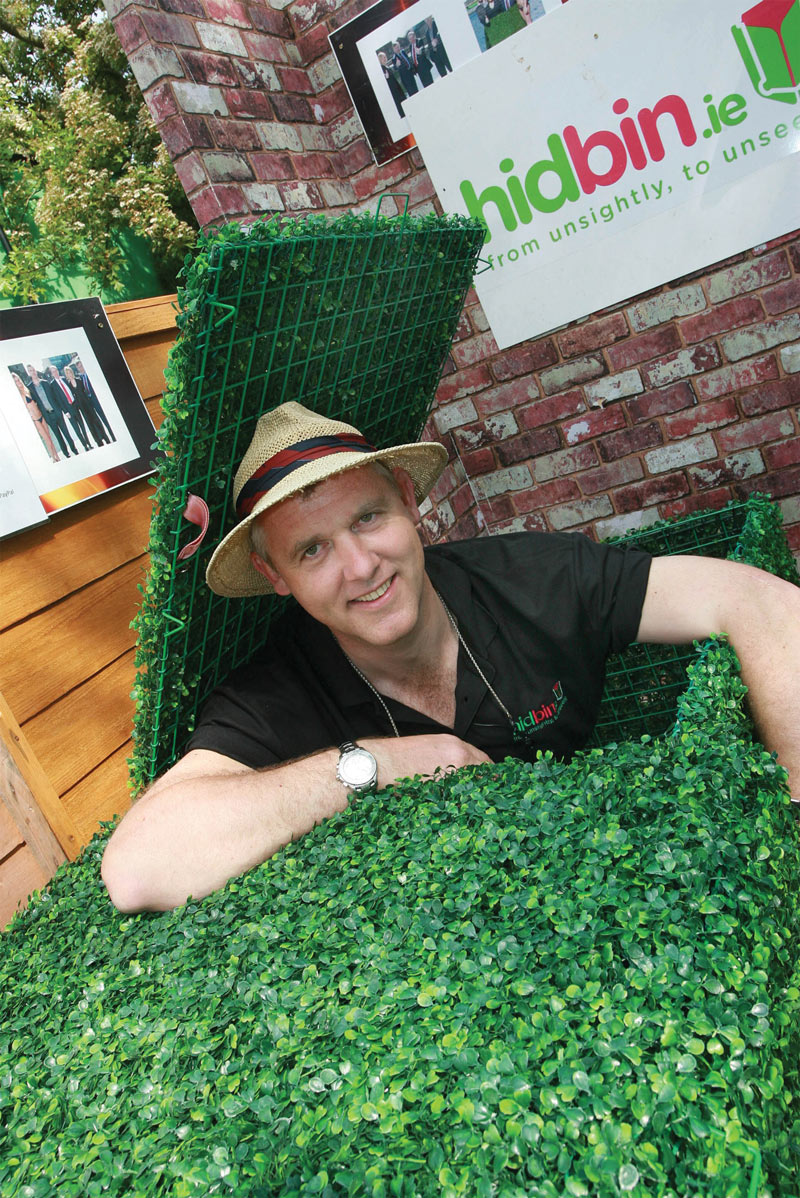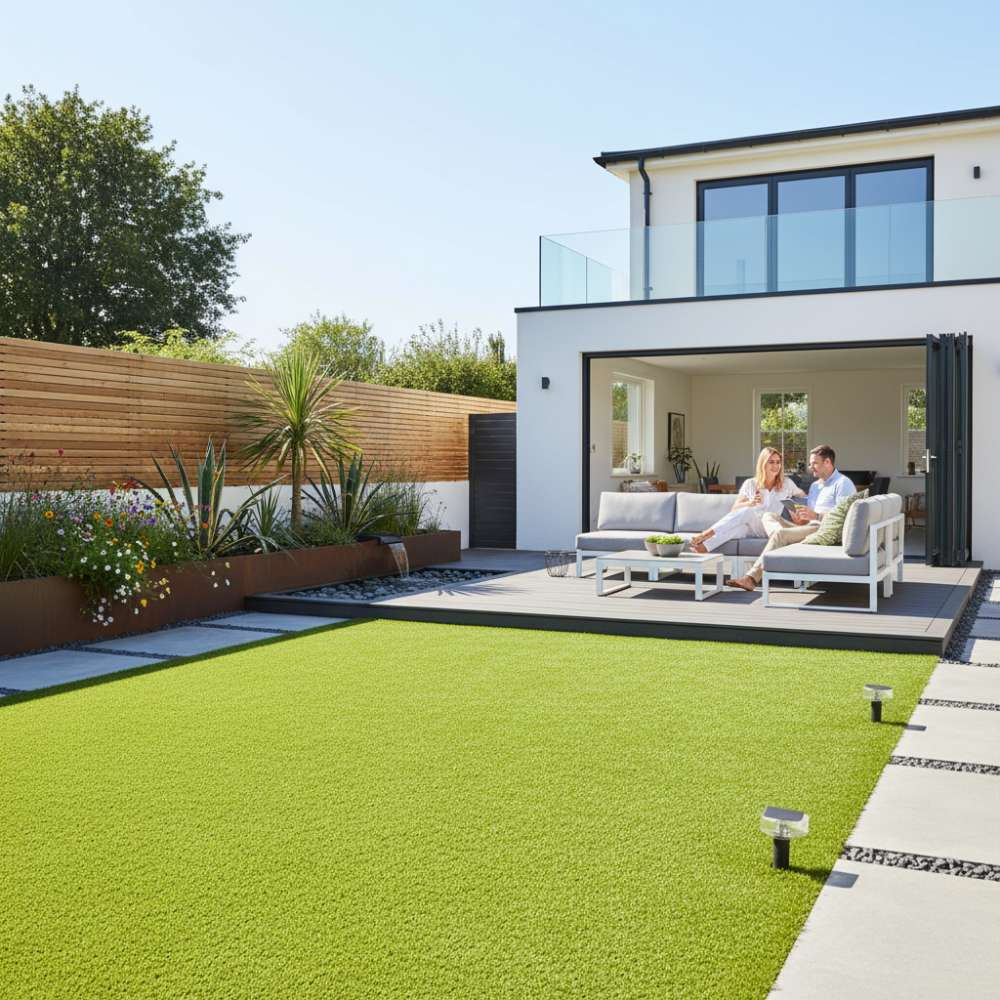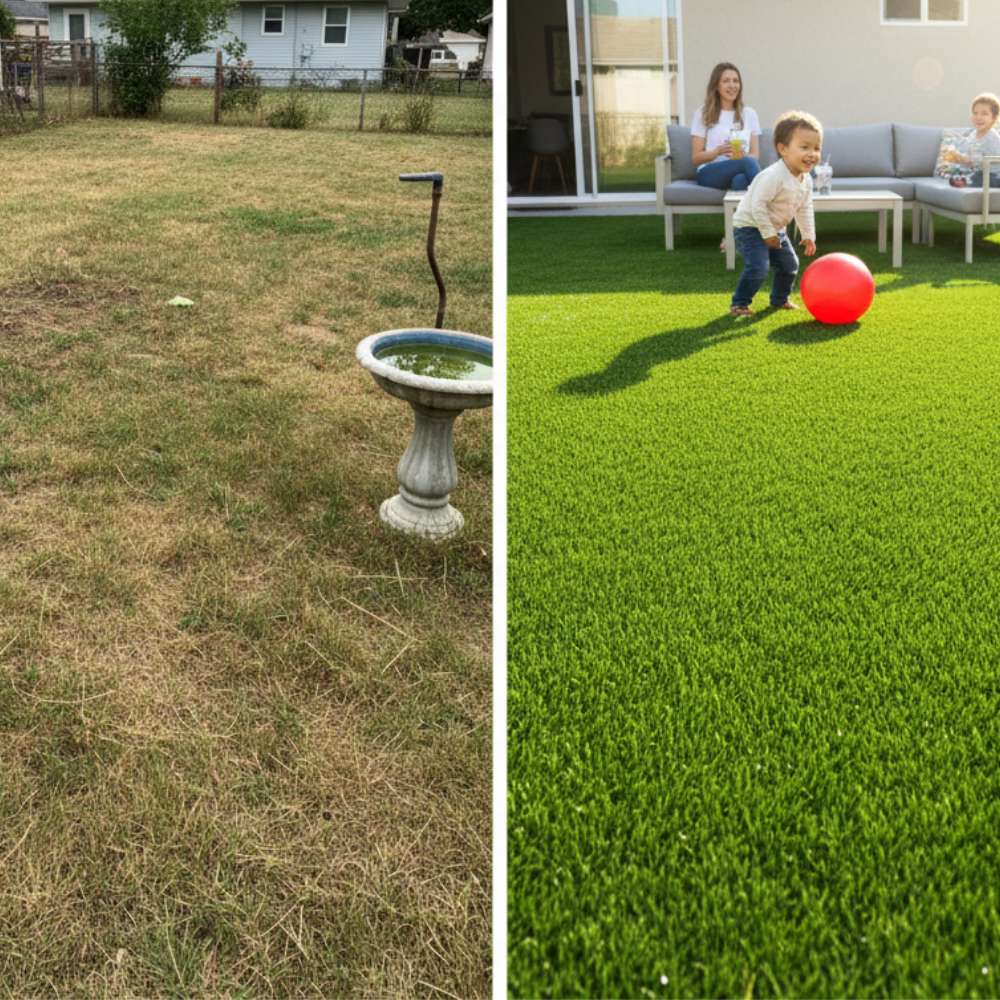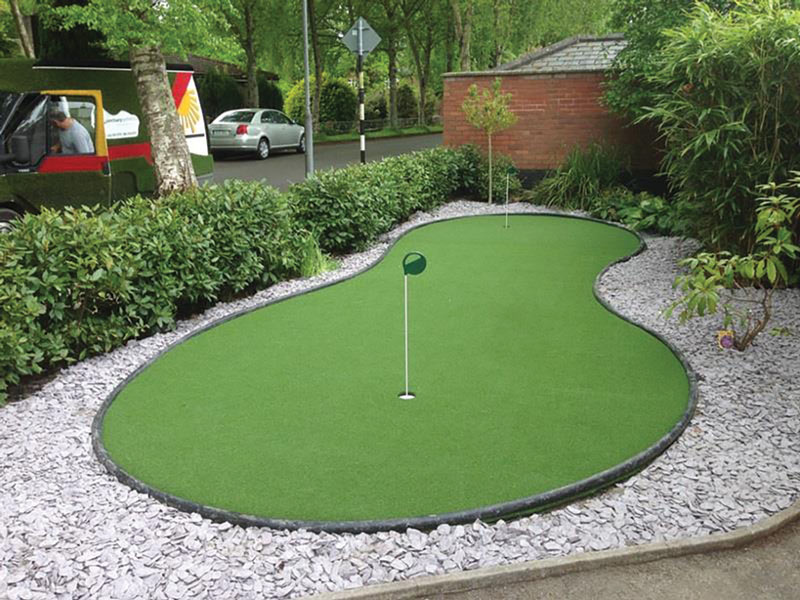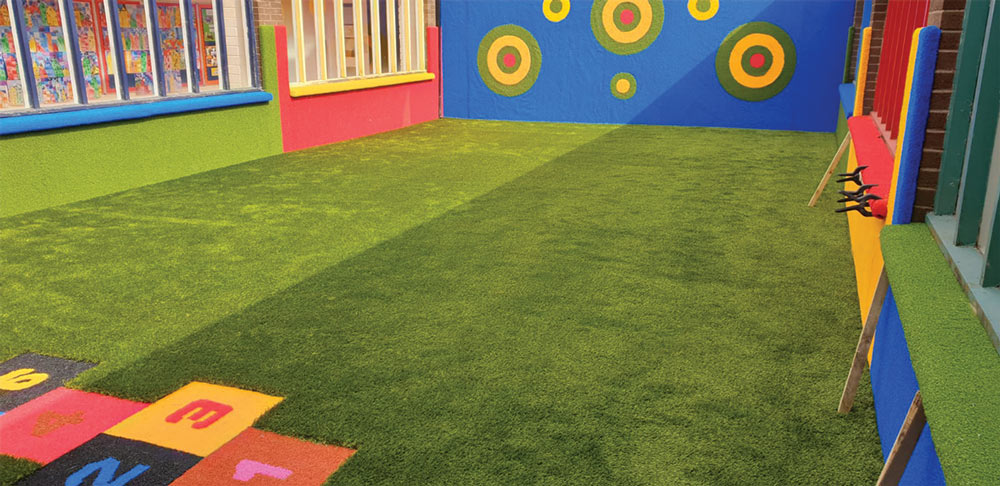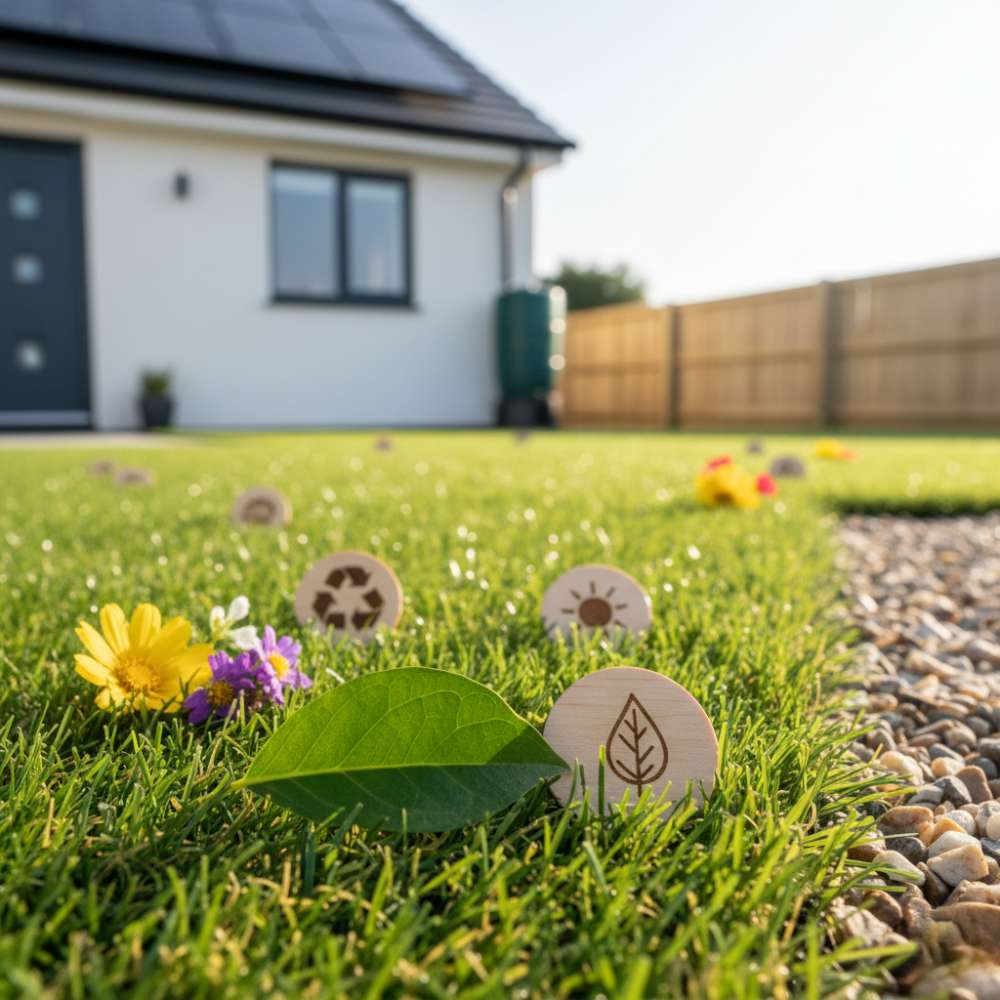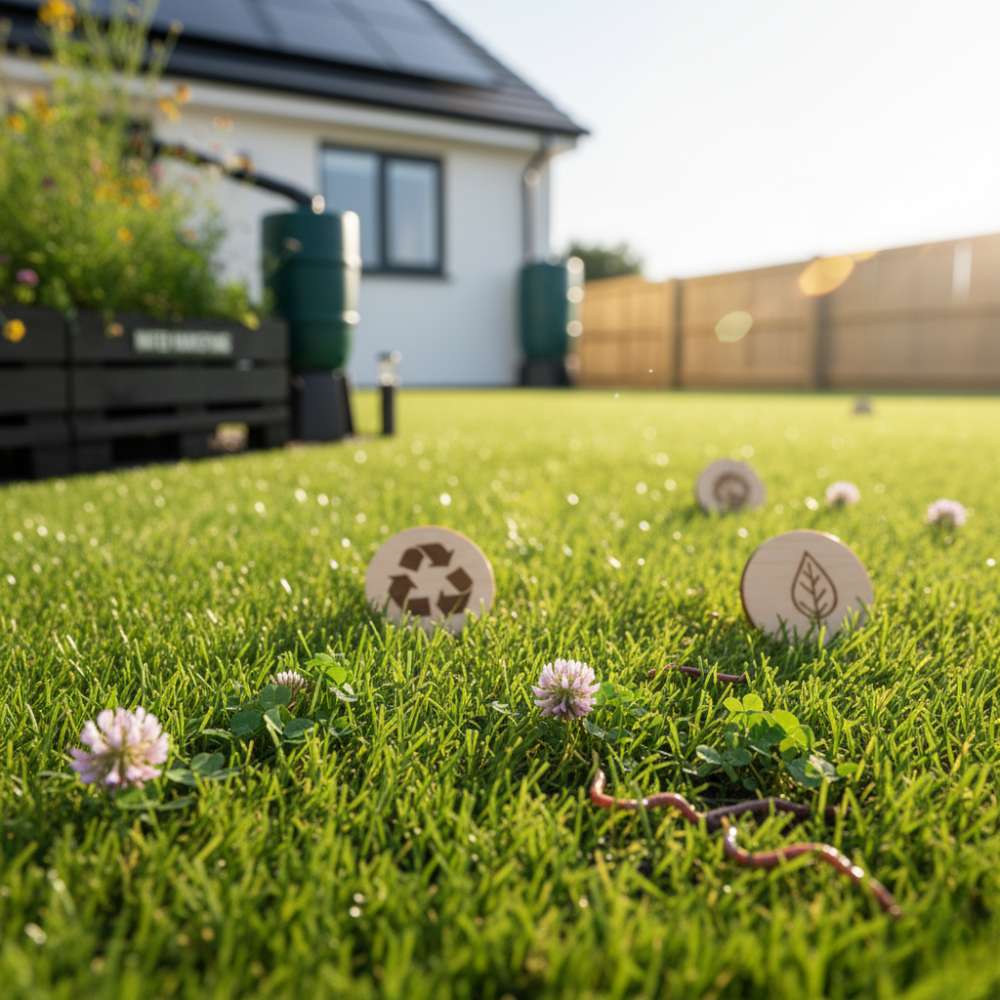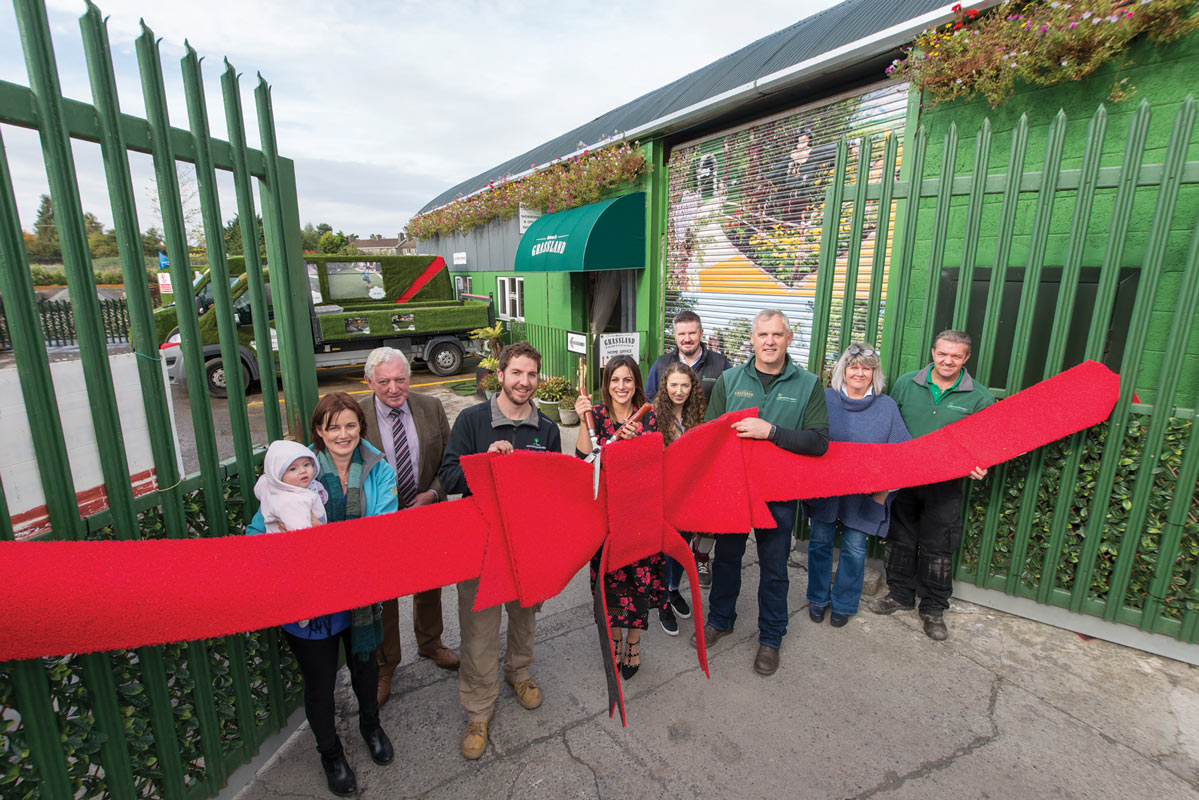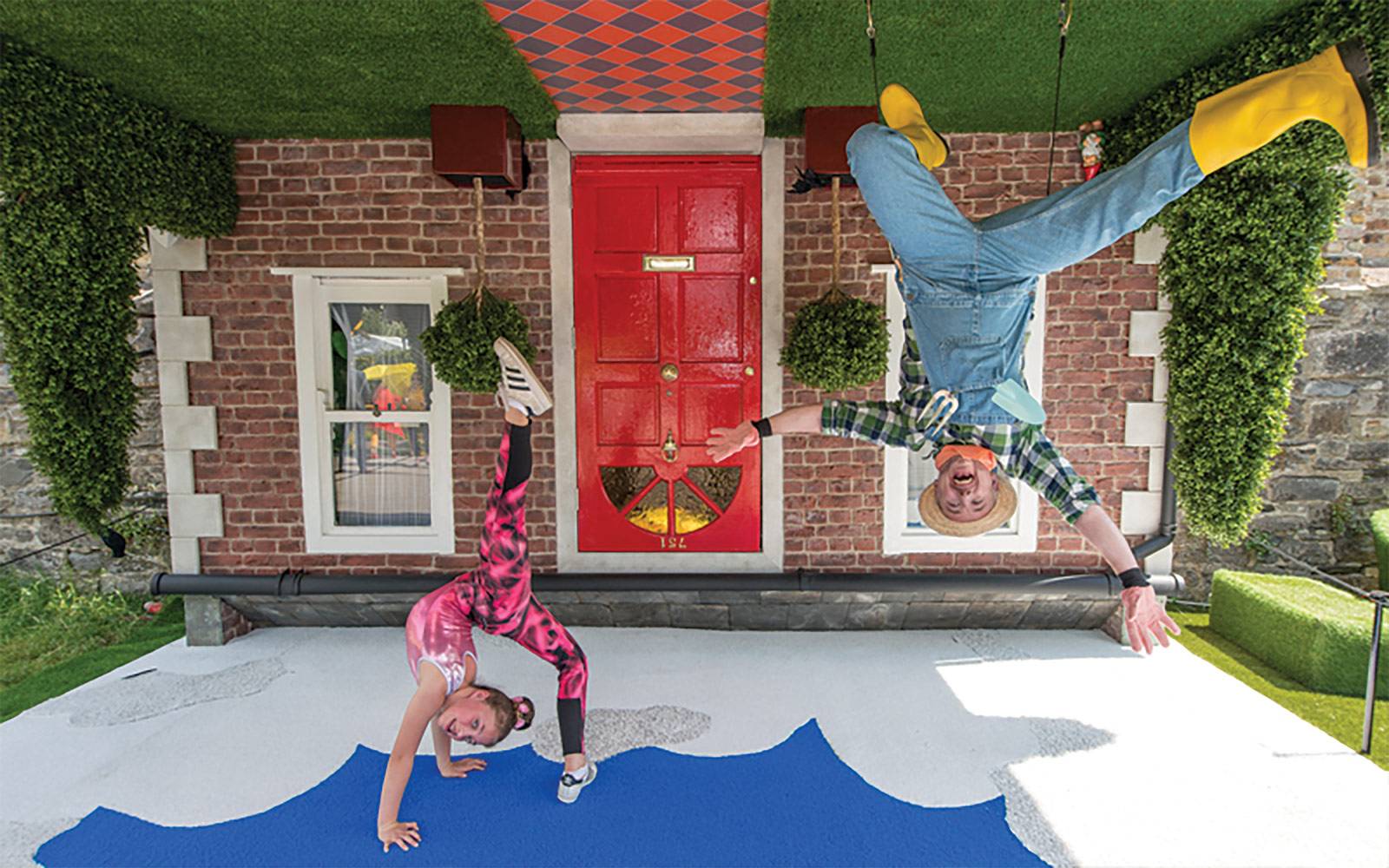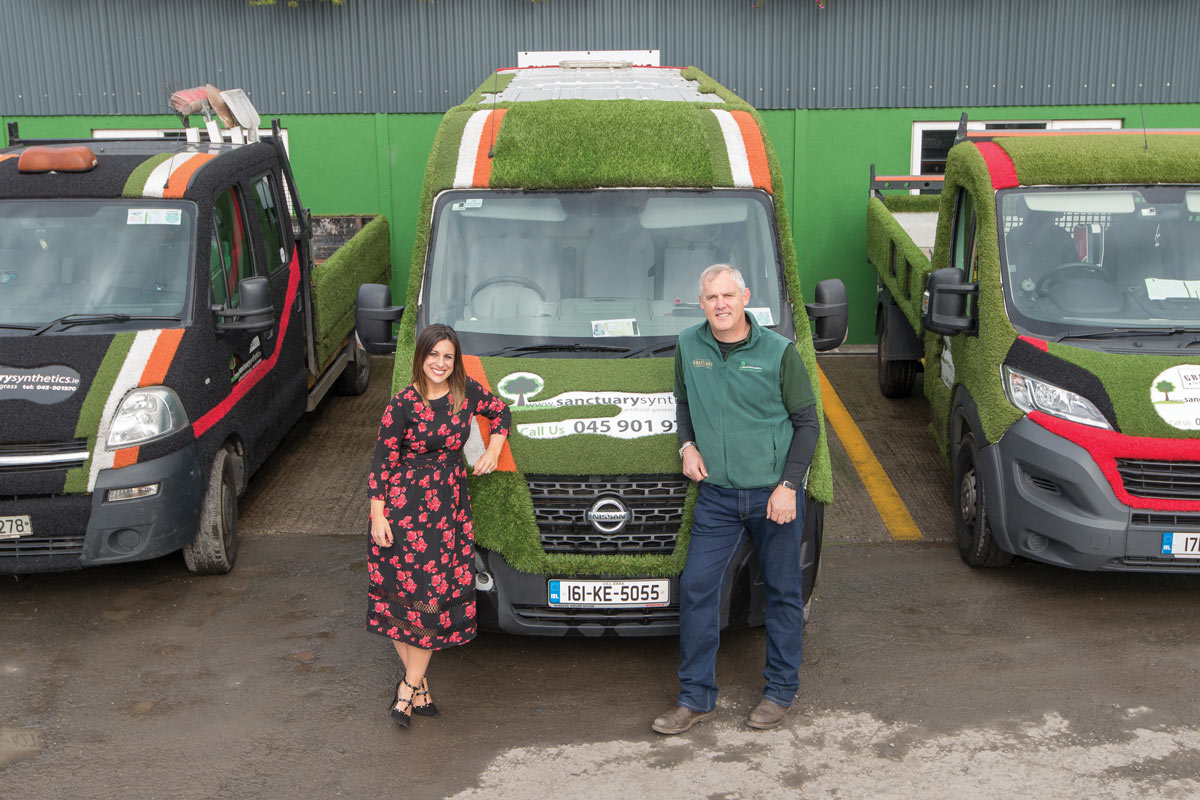
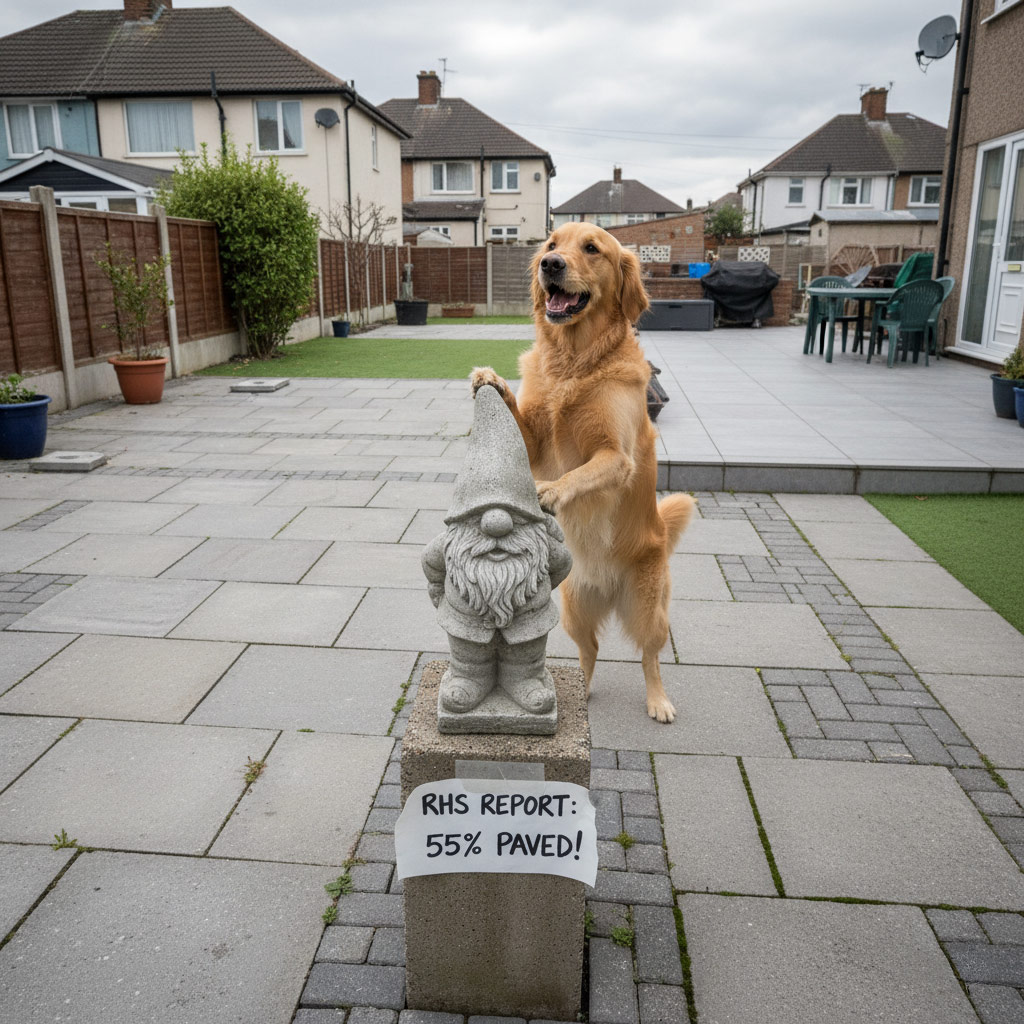
A recently published Royal Horticultural Society (RHS) report has confirmed what I’ve long suspected and is plain to see.
55% of front gardens (car parking spaces I imagine) and 36% of back gardens (patios etc) throughout the UK are fully paved over.
Meanwhile, besides trees and bedding, only 33% of gardens are comprised of lawns.
So, when you think that 40% of gardens are paved over and a mere 0.15% are covered in artificial grass, surely our product and service is an unfair and disproportionate target for the ire of the concerned garden purists.


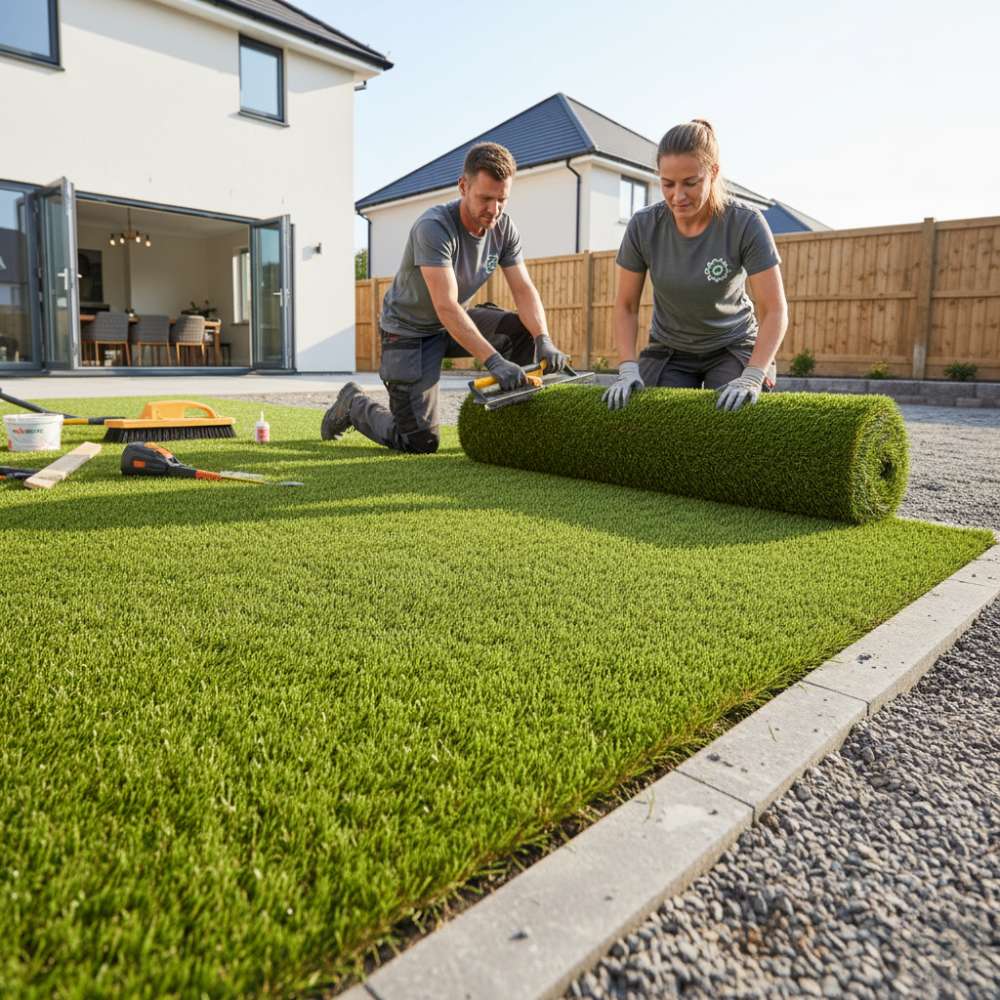
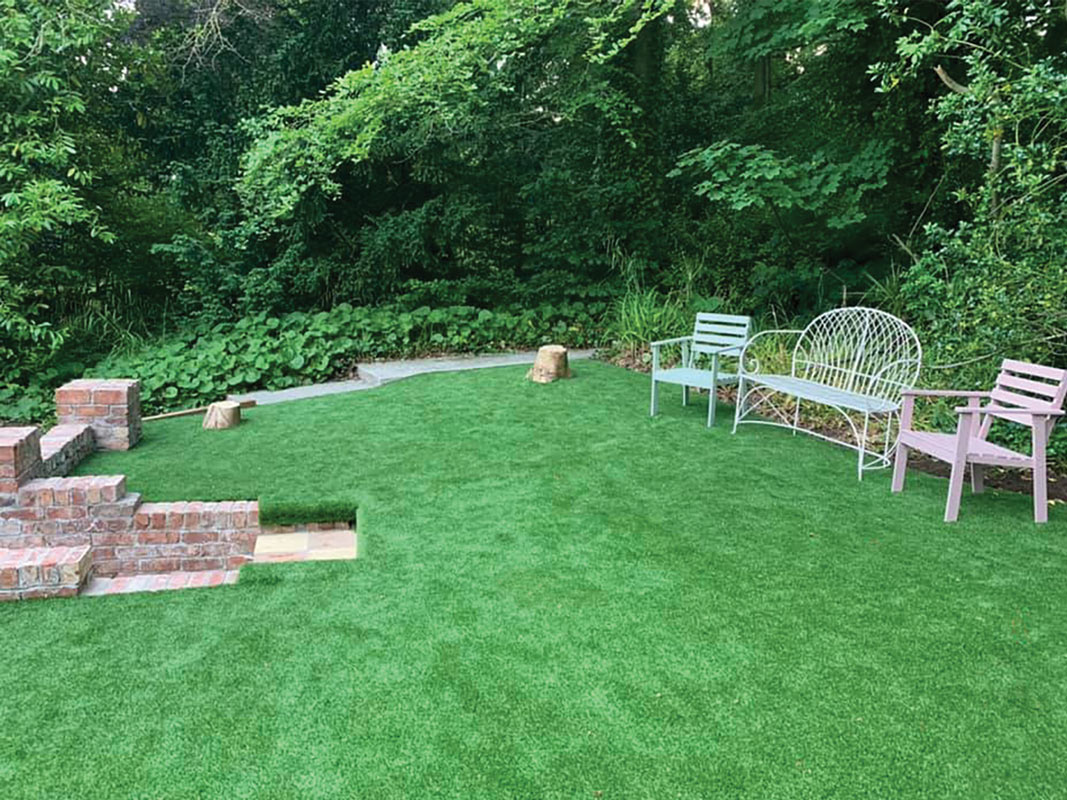
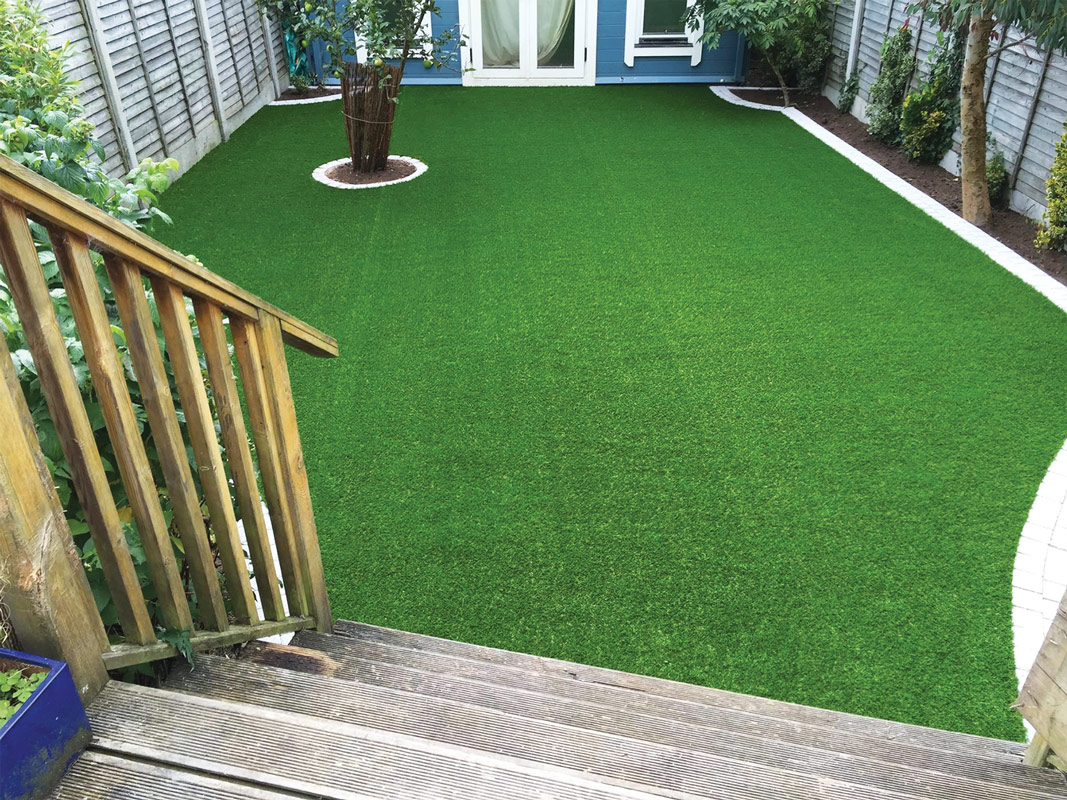
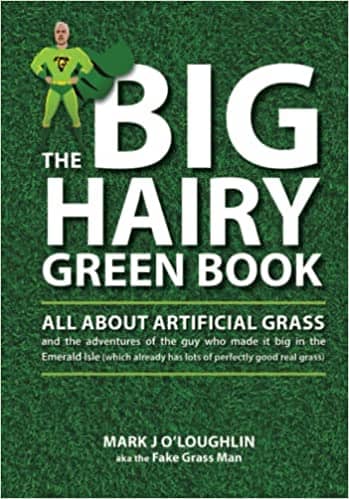
Available NOW!
from Amazon or direct from our website.
Few gardening books raise eyebrows. This one will.
Part biography, part instruction manual, read the engaging story of how the author, Mark J O’Loughlin, became the Fake Grass Man and learn all there is to know about synthetic lawns. Discover the secrets, pitfalls and tricks of the trade from Ireland’s longest established synthetic lawn pioneer.

